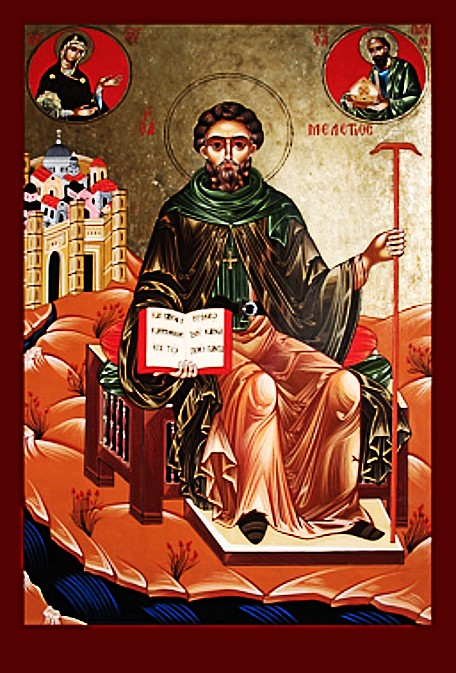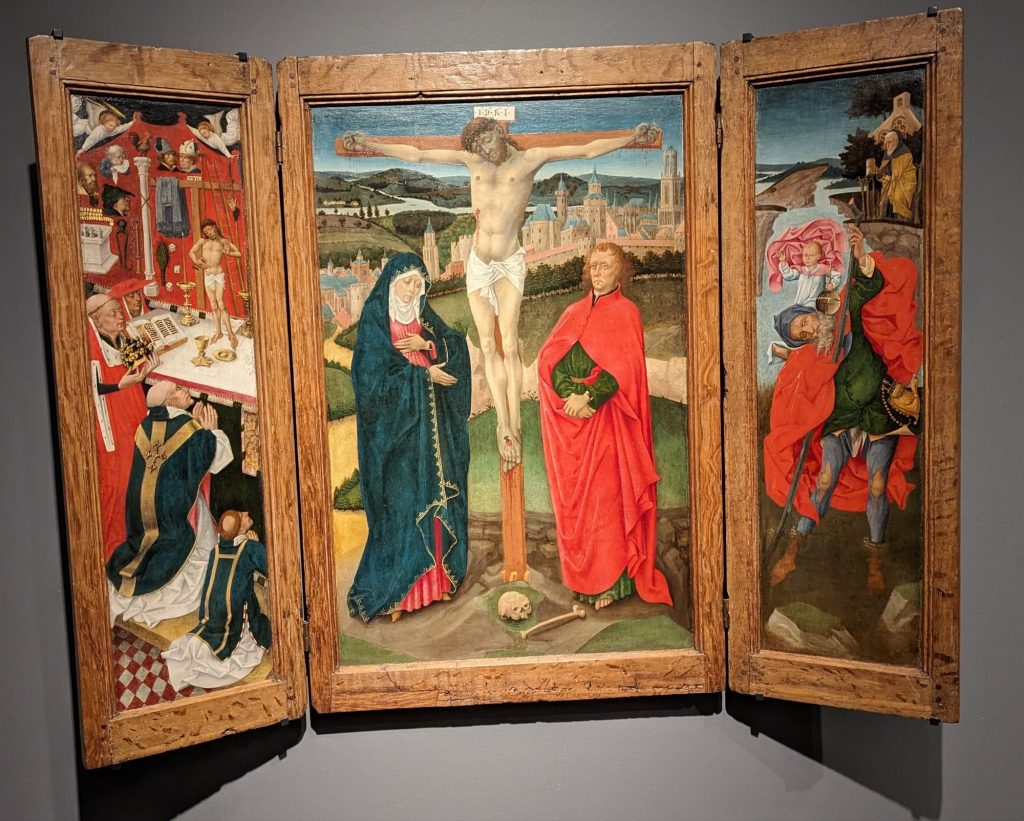
St Mellitus was the first Bishop of London (AD604) and the third Archbishop of Canterbury. But was he really? No, he was the first Bishop of London of the English Church. There were many before him. We know there were bishops of London from Britannia during the Roman period. And, according to John Stow, London’s first history. there were also post-Roman bishops. That line of Bishops ended, in 584 AD, when the 14th Bishop, Theanus, fled London. He headed for Wales to escape the Anglo-Saxon threat. However, even Stow was uncertain whether the list was genuine.
I tell this story in my post on St Lucius.
The Synod of Arles
In 314 a Church Council or Synod was called at Arles, in France. Amongst those attending were three bishops from Britain, (and a Deacon and a presbyter) :
- Eborius “de civitate Eboracensi” – from the city of Eboracum (York);
- Restitutus “de civitate Londenensi” – from the city of Londinium (London);
- Adelfius “de civitate Colonia Londenensium” – that is, from the “colonia of the people of London”.
(Wikipedia)
The fact that two came from London suggests to some a mistake. Adelfus, perhaps, was either from Lincoln or Colchester which were Colonies. The Synod was called by the Emperor Constantine. Amongst its acts were to order that Easter should be held at the same time throughout the Empire. (See also my post on the Synod of Whitby which fixed the date of Easter in Britain as late as 684). They also banned Races, and Games. and excommunicated all actors and charioteers. (Synod_of_Arles). But it gives us our first certain facts about the origins of Christianity in Britain.
The Augustinian Mission and Mellitus

In 597, the Augustinian Mission came to Kent. Mellitus was sent by Pope Gregory to join St Augustine’s mission in 601AD,. He was then sent to London to set up St Pauls and become its bishop (604). But he was kicked out in 618AD when King Sæberht of Essex died and was replaced by a pagan son. Mellitus went into exile in Gaul but came back to become the third Archbishop of Canterbury. He was buried in St Augustine’s Abbey in Canterbury. He is known as St Mellitus of Canterbury. London reverted to paganism until 654AD when St Cedd became its next Bishop.
I tell the story of the Augustinian misson in my post here
St Mellitus had gout so is the go-to Saint for sufferers of gout.
Also on this day
1925 – McVitie’s Chocolate Digestive was created. There were made in Stockport and in Harlesden, London. I have moored my narrowboat outside the factory and been kept awake by the churning of chocolate in vast vats. Or so I imagine. News stories suggest that the Digestive was meant to be eaten with the chocolate on the bottom side. This is one of the most ridiculous things I have heard! But you can read this page for the facts. And this one for more on the history of the Chocolate Digestive.
First published in April 2025








